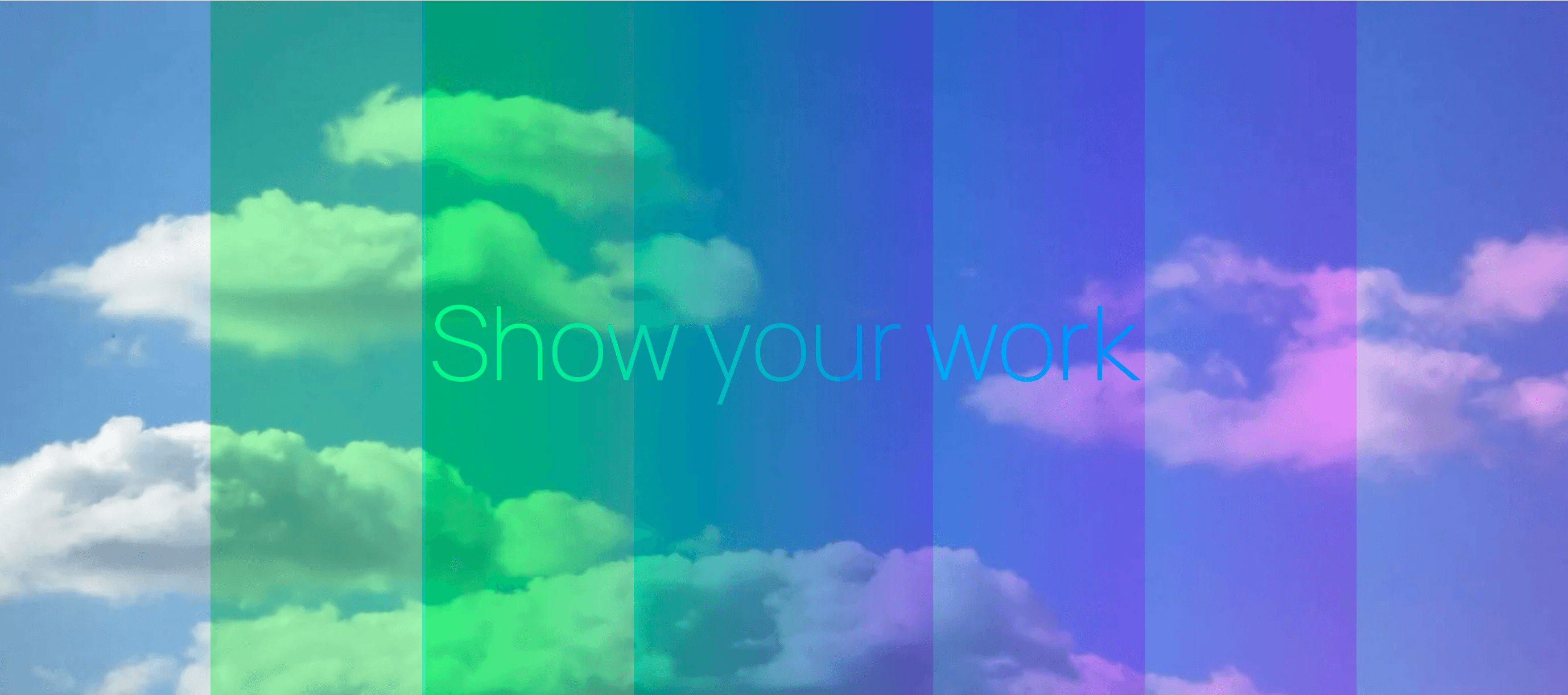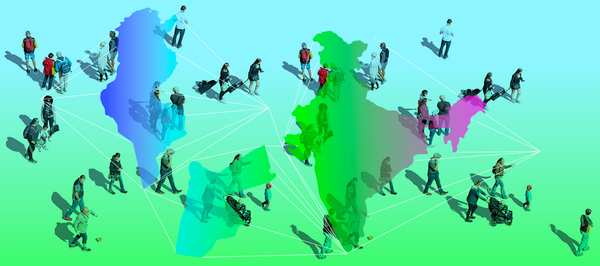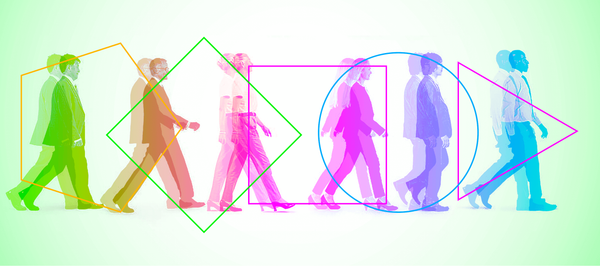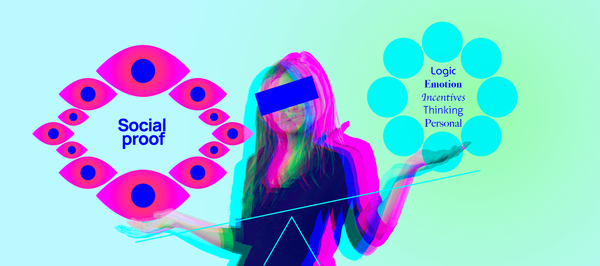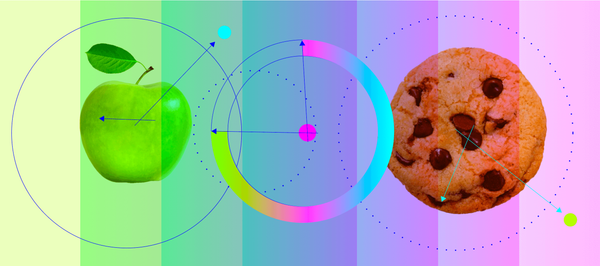When you were in math class as a child, teachers usually wanted more than the correct answer to a problem. They also wanted you to demonstrate, on paper, how you got the answer. They wanted you to "show your work."
Thank you to Maritz for donating this content.
Editor’s Note: FYI, It took me 300 hours to edit this article. Uphill. Both ways. In the snow.
Turns out, adults want that too. In fact, something kind of magical happens when customers see employees hard at work making a product or performing a service just for them. Customers are more satisfied, and workers are more efficient, when the work is done in plain sight.
This adult version of "showing your work" is called "operational transparency."
"Transparency" sounds like a bad word. It often comes up when a politician or company is accused of hiding something. But in the workplace, "operational transparency" is quite the opposite. In fact, it can lead to happier outcomes all around. At a time when corporations are increasingly automating customer interactions (think self-checkout lines), it's important to consider this very human side of transactions.
In fact, aspects of operational transparency effects hold even when the “worker” is a machine. Studies show consumers are happier when the “stalled” computer offers real-time progress updates -- something more specific than spinning clock hands.
The landmark study of operational transparency involved college cafeteria servers. When eaters could see those servers preparing food, their evaluation of the food quality improved 22.2%. Meanwhile, worker throughput time dropped 19.2%. It's easy to overlook, but makes sense: when workers see customers, the transaction becomes more personal. Workers are more likely to be engaged, to care, and work faster. Meanwhile, customers get better service, or at least believe they do.
Plenty of stores with names you know already support this kind of personal touch. Subway "sandwich artists" make your lunch right in front of you. Krispy Kreme donuts get gooey while you watch. Now, consider an equal-but-opposite effect: When someone you can't see makes your coffee or your hamburger, and it's not to your liking, it's easier to blame a nameless, faceless corporation for your disappointment.
Operational transparency isn't just for consumer interactions. In the workplace, "showing your work" can help improve relationships between teams.
Operational transparency's impacts can be pretty significant. Conventional wisdom dictates that consumers, above all, hate waiting. But even here, showing your work can calm consumers' impatience. It can even reverse it. Customers who see real-time "I'm working hard for you" updates from machines are actually willing to wait longer for outcomes. Research by Ryan W. Buell and Michael I. Norton shows that consumers at online travel sites actually prefer websites with longer waits when those sites show their work, such as scrolling through a list of airlines, to demonstrate they are mining for the best deal on a ticket.
Operational transparency isn't just for consumer interactions. In the workplace, "showing your work" can help improve relationships between teams. It also helps guard against what some have called the "spiral of invisibility". Think about a software development company. As different teams work quietly on their parts of the product, it's easy for resentments to quietly build - when you haven't seen a finished product from a group in a while, it's easy to wonder "What are THEY working on?" Clear progress updates, or even simple status reports, can tamp down such resentments.
Showing your work is good for other kinds of institutions, too. The city of Boston benefitted when it built a website where residents could complain about potholes and see progress workers had made at filling them. Similar tools let residents track snow plow progress or power outage response.
Showing your work comes with a big word of caution, however. When you are performing for an audience of consumers or colleagues, your performance had better be good. Studies show that when the outcome of a transaction is unfavorable -- say, the sandwich was bad, or the software was buggy -- the experience seems to make a big impression.
Showing your work comes with a big word of caution… Your performance had better be good and there are limits to how much you can rob efficiency in the name of transparency.
"In the same way that a waiter who is very attentive to customer needs yet delivers horrible food will suffer when it comes time to collect a tip," Buell and Norton warn in their paper. When things go badly, consumers actually perceive less value when they see the work done than if it were done invisibly.
There is an even bigger caution, however. Operational transparency can slow down transactions. After all, while you are showing your work, you aren't doing the work. There are limits (boundaries) to how much you can rob efficiency in the name of transparency. A deft balance is required between the two.
Here's another way to look at this concept: No one likes the feeling that someone is looking over their shoulder at work. Operational transparency heads that problem off at the pass. It lets co-workers or customers know precisely how much work is being done on their behalf. And even when there is a wait, a simple, “Your coffee will be ready soon, we’re making a fresh pot,” can turn a negative interaction positive very quickly. Just make sure the coffee is actually fresh when it’s delivered.

